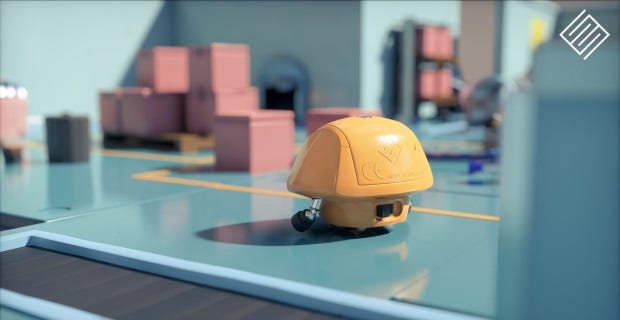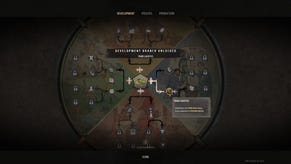EA's Project Pica Pica leads new wave of photorealistic ray-tracing graphics demos at GDC 2018
Ray of light
You love games. We love games. We love 2D games, 3D games, pixel games, life-like games, even slightly shonky-looking games. But what about if games looked, I don't know, even better? Like, cinematic rendering, photorealistic kind of better? Well, Nvidia are on the case, as they've just announced their brand-new, not-at-all-incomprehensible "RTX Ray-Tracing" technology at GDC 2018.
RTX ray-tracing is something Nvidia's been working behind the scenes on for the last ten years, and will be introduced as a new feature in Microsoft's DirectX 12. I'm not going to attempt to explain exactly how it works (mostly because we'd be here all day), but you can read Microsoft's thorough explainer over here. Just make sure you come back afterwards.
Put simply, ray-tracing can simulate light and shadow much more effectively than current graphics techniques like rasterization, allowing for more photorealistic graphics in games that look more like the flashy CG movies we're used to seeing at the cinema. To really understand what that means, take a look at this demo video Nvidia's put together with Alan Wake creator Remedy Entertainment.
You'll no doubt be hearing about lots of new demos that employ ray-tracing this week, as Metro devs 4A Games, Epic and EA are all out in force this week with their ray-tracing-enabled goodies. EA in particular have shown off a new AI-driven experience from their indie program SEED called Project Pica Pica, which you can see below.
It's not yet clear whether Project Pica Pica will be turned into a full game or not, but it's clear from the video what kind of benefit ray-tracing can bring to a game's overall look, producing more natural shadows and lighting effects as well as and realistic reflections and depth of field effects.
At the moment, all of the GDC ray-tracing demos are running off Nvidia's Volta-based GPUs rather than its consumer-orientated Pascal cards, so one would assume the technology still requires a heck of a load of graphical horsepower to actually pull off. Whether that means we'll all have to buy new graphics cards to take advantage of it - perhaps one of the upcoming RTX cards - remains to be seen, of course, but the fact that it's coming to DirectX 12 suggests we'll hopefully be able to see it in some shape or form with the cards we have at the moment, possibly as one of the many additional graphics options available in a game's settings menu.
That doesn't mean AMD graphics card owners will be left out in the cold, though, as AMD's said they're still collaborating with Microsoft to support DirectX12 and ray-tracing in the future. Indeed, AMD will be delivering a talk on real-time ray-tracing techniques at GDC tomorrow discussing exactly that, describing how it's developing tools to work with existing renderers that will hopefully get ray-tracing into our hands as fast as possible.











